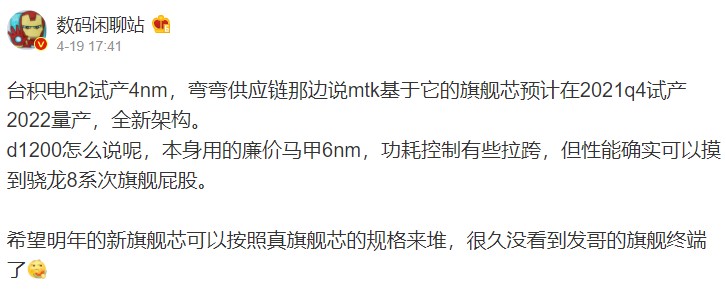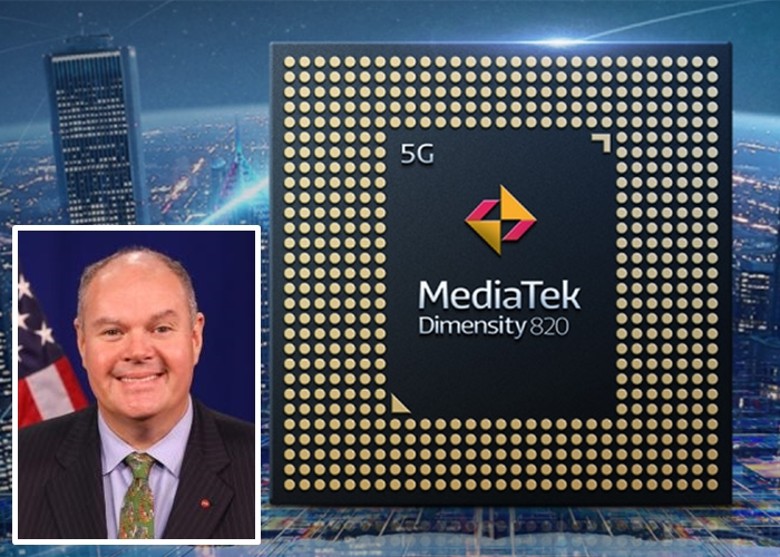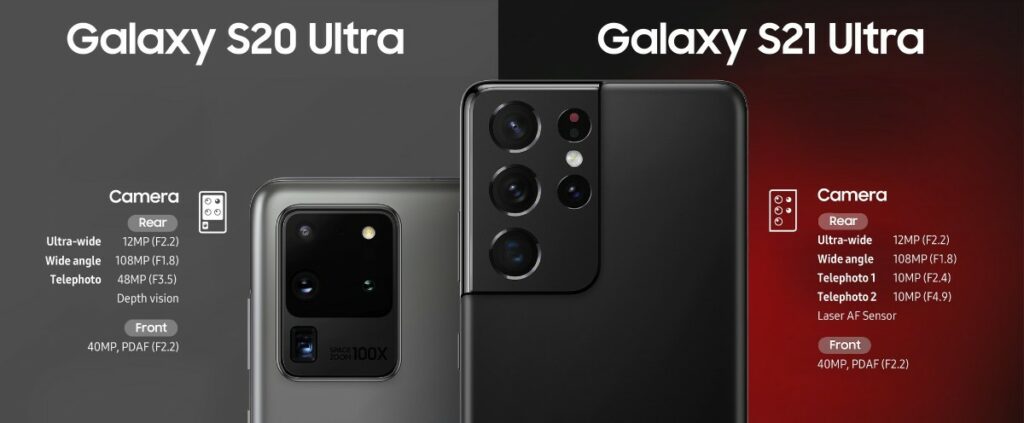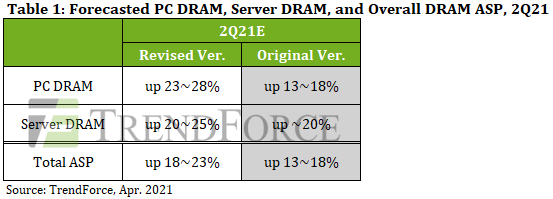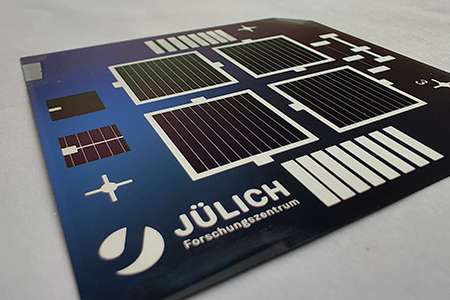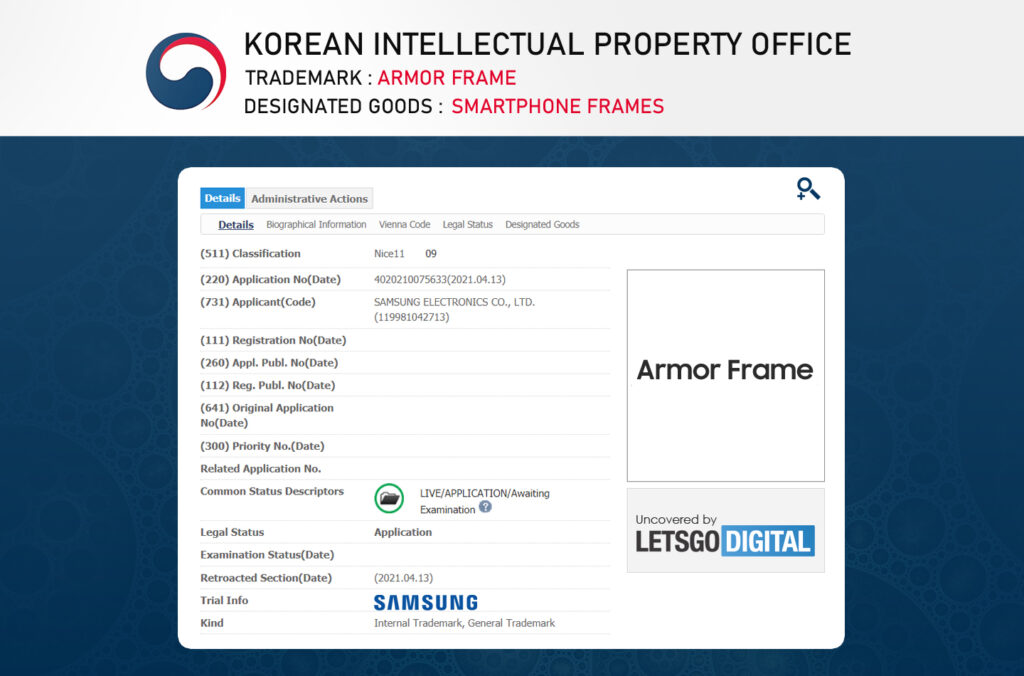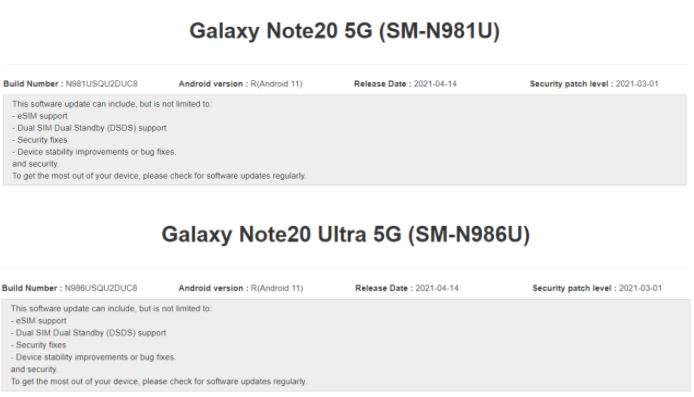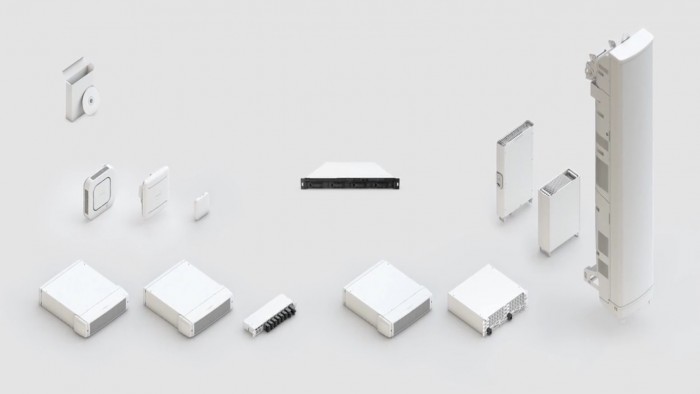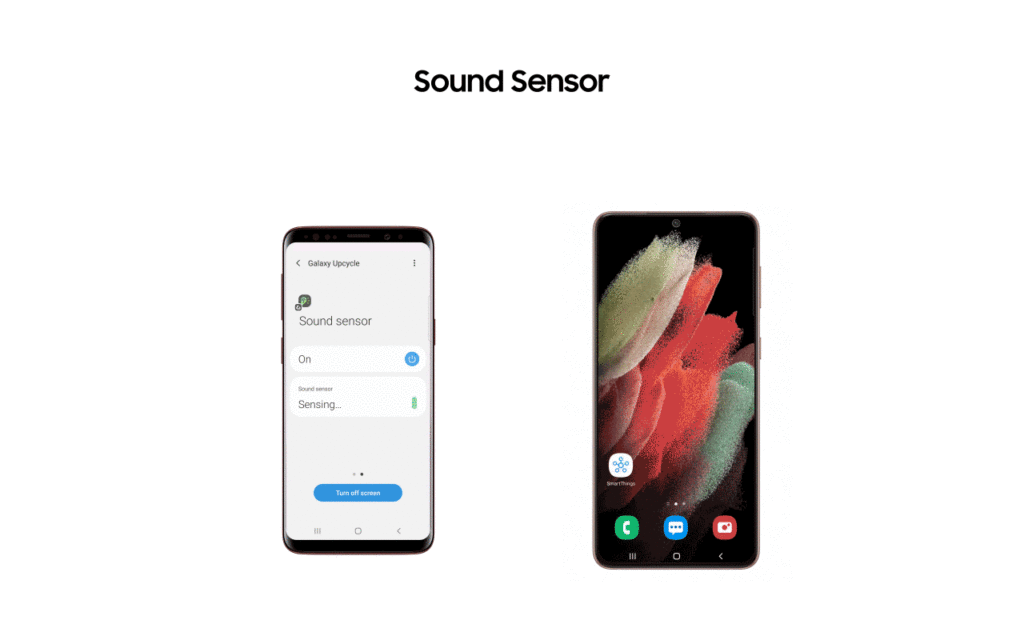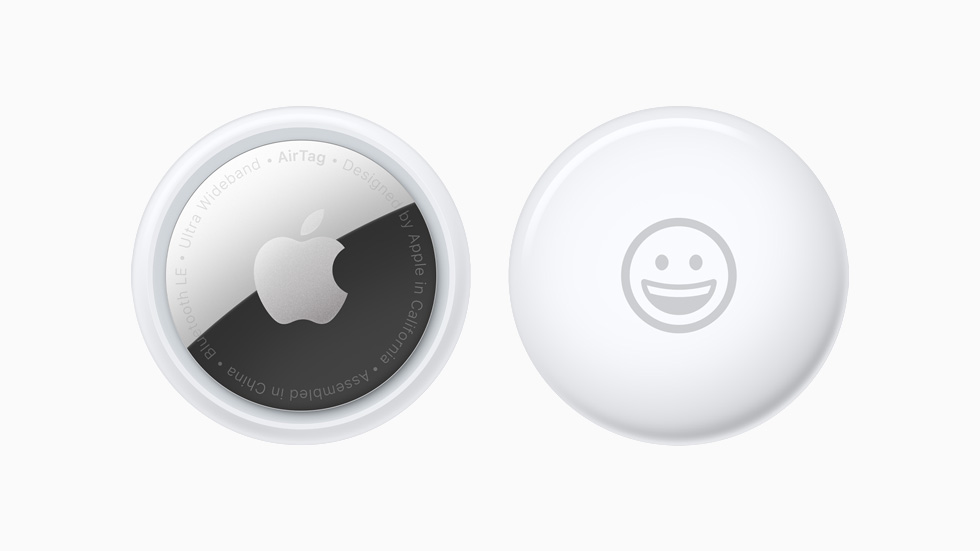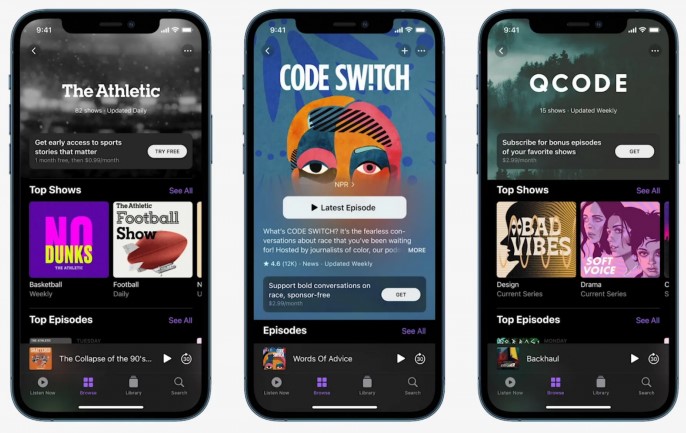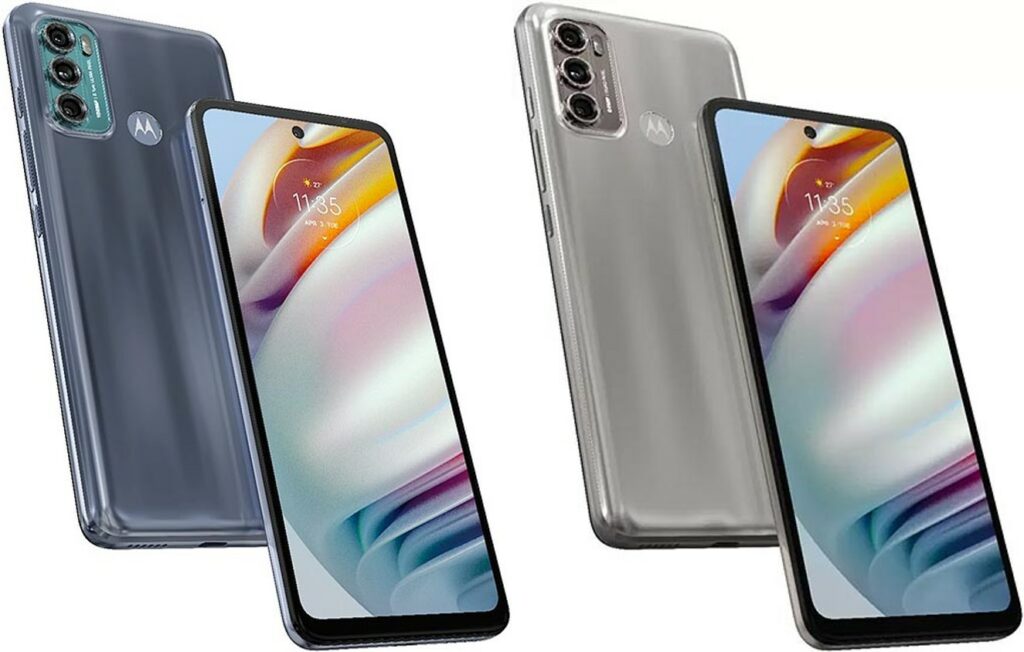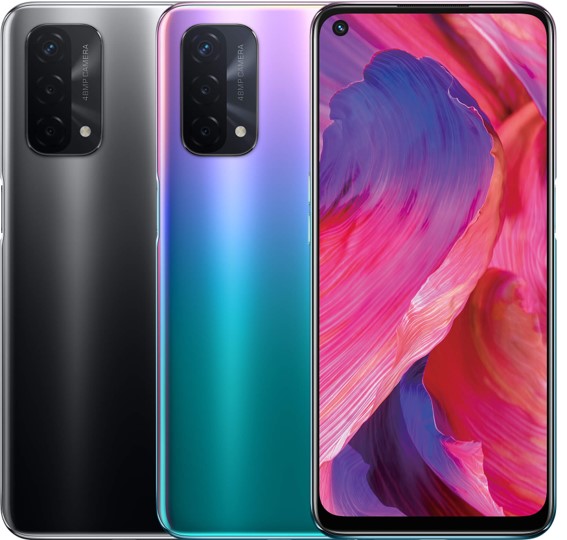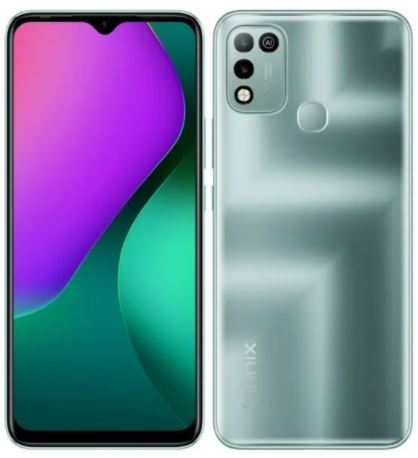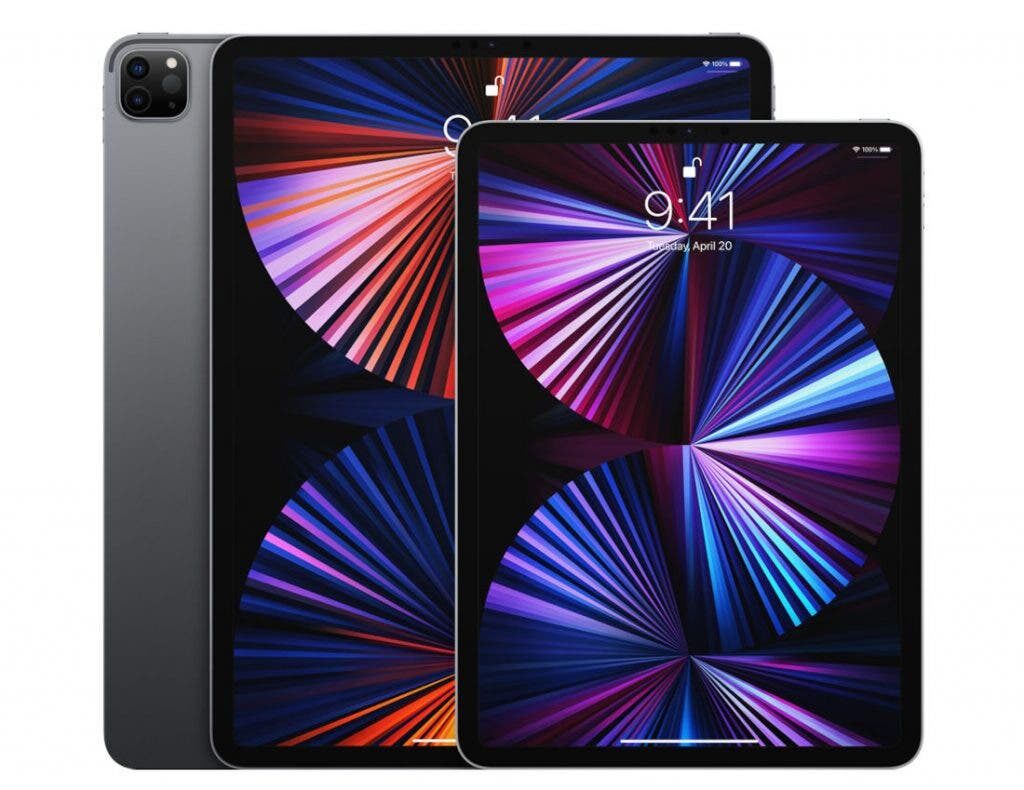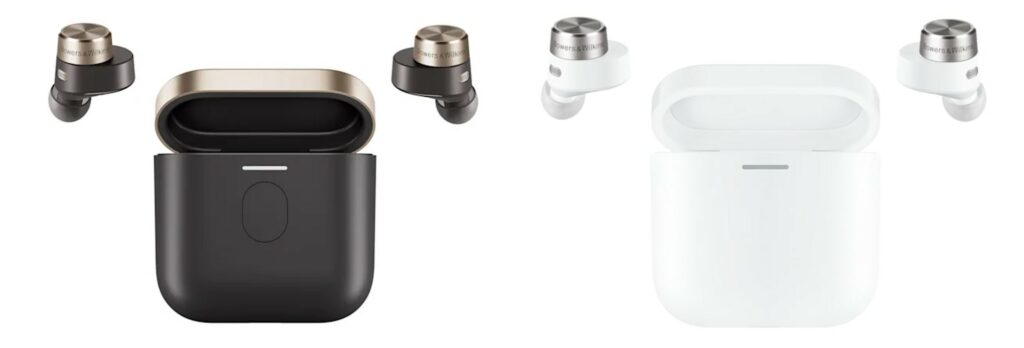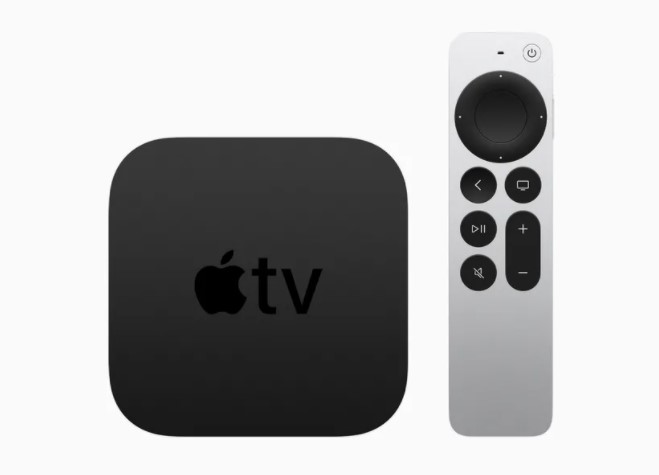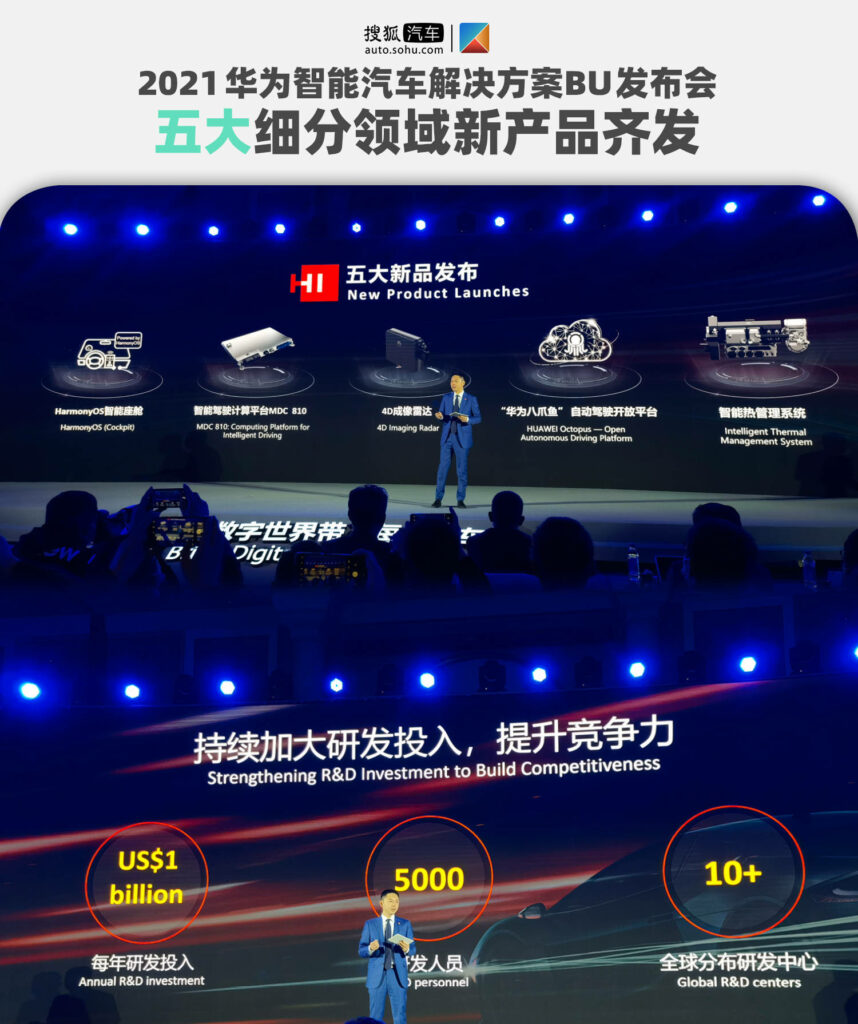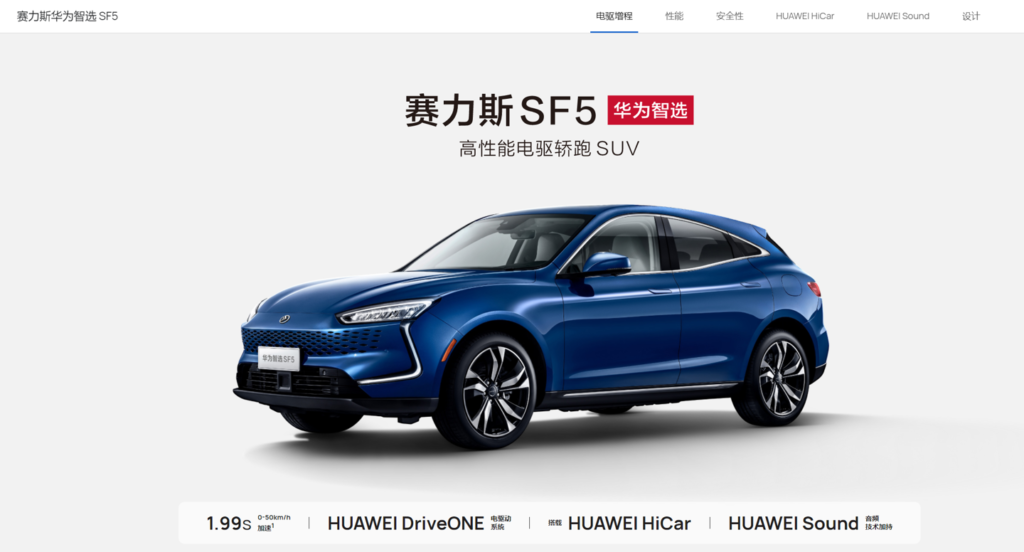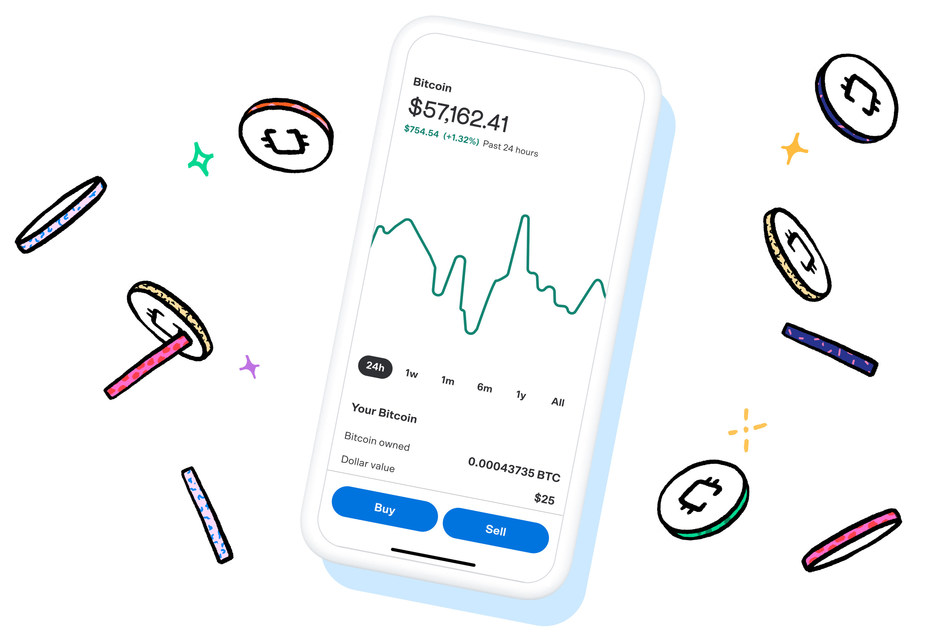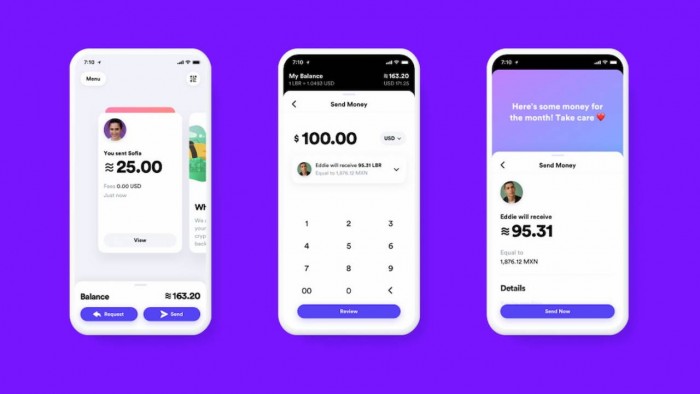
4-21 #NoTitle : Samsung Display has started production of mobile display panels at its Noida factory in Apr 2021; Foxconn is scaling back plans for a liquid-crystal-display (LCD) plant in Wisconsin; Samsung has announced the expansion of its Galaxy Upcycling program; etc.
MediaTek is going to be the first chip maker to release a 4nm chipset manufactured by TSMC. Production is supposed to start either at 4Q21 or at the beginning of 2022. Some major OEMs including OPPO, Xiaomi, Samsung and vivo have already taken orders for MediaTek’s high-end SoC. (GSM Arena, Weibo, UDN, UDN, EE Focus)
Patrick Wilson, VP of government relations at MediaTek USA, has indicated that MediaTek does not expect the chipset shortage to affect shipments of its own products to smartphone vendors like Xiaomi and Samsung, nor does it expect the situation to affect the overall sale of smartphones in the coming months. He has explained that the chipset shortage does not involve the kind of top-line, high-end smartphone chips that MediaTek produces for its customers. The shortage primarily involves low-end chips and other electronic sensors that are used in gadgets ranging from automobiles to PCs. (Light Reading, GSM Arena)
Samsung Electronics invested KRW363B won for a stake in ASML in the Netherlands 10 years ago. The value of the stake in ASML swelled 9 times in 2020. Currently, it stands at around KRW4.5T, 12 times the amount of investment. Intel and TSMC also bought 15 percent and 5 percent stakes in ASML, respectively, around the same time as Samsung Electronics. They wanted to have amicable relationships with ASML. However, Intel lowered its stake to 3%, while TSMC sold off all of its stake in 2015. (CN Beta, My Drivers, Business Korea)
Samsung, Xiaomi, OPPO, vivo, ZTE and Meizu are all expected to show phones with new under-display cameras in 2H21. Samsung foldable phone, OPPO foldable phone and Xiaomi Mi Mix4 are rumored to use an under-display camera. (GSM Arena, Twitter)
Huawei reportedly plans to launch 3 new foldable smartphones in 2H21, having launched its foldable Mate X2 in Feb 2021, according to Digitimes. Thanks to the availability of the new models, global shipments of foldable smartphones are likely to reach 7M units in 2021, up from an estimate of 2.8M units shipped a year earlier, Digitimes Research estimates. (Android Headlines, Digitimes, press)
Samsung Display has started production of mobile display panels at its Noida factory in Apr 2021, a move that will expand the contribution of locally sourced components for Samsung’s devices and increase domestic value addition. Samsung was the only handset company to have met its targets under the PLI scheme for 2020-21. (GizChina, SamMobile, ET Telecom, 163, iFeng)
Foxconn is scaling back plans for a liquid-crystal-display (LCD) plant in Wisconsin, saying it expects to invest a fraction of the USD10B promised nearly 4 years ago. Foxconn now plans to invest as much as USD672M and create 1,454 jobs by the year 2025 to qualify for USD80M in incentives, according to the contract. The company previously agreed to invest as much as USD10B and hire 13,000 people by the year 2032 to qualify for USD2.85B in incentives. (WSJ, Apple Insider)
Samsung has reportedly decided not to integrate the 3D ToF technology into the ‘Galaxy S22’ that is expected to be released in 1Q22. This decision by Samsung Electronics is expected to impact the System LSI Business as well. It is reported that the business developed ToF image sensors in 2020 and has been preparing to supply the sensors to Samsung Electronics’ Mobile Division. (GSM Arena, ET News, Android Authority)
TrendForce finds that DRAM suppliers and major PC OEMs are currently participating in the critical period of negotiating with each other over contract prices for 2Q21. Although these negotiations have yet to be finalized, the ASP of mainstream DDR4 1G*8 2666Mbps modules has already increased by nearly 25% QoQ as of now. Prices are likewise rising across various DRAM product categories in 2Q21, including DDR3/4 specialty DRAM, mobile DRAM, graphics DRAM, and in particular server DRAM, which is highly related to PC DRAM and is therefore also undergoing a higher price hike than previously expected. TrendForce is therefore revising up its forecast of overall DRAM price hike for 2Q21 to 18-23% QoQ instead. (CN Beta, TrendForce, TrendForce)
Solar cells available on the market based on crystalline silicon make this possible with efficiencies of up to 23%. Therefore they hold a global market share of around 95%. With even higher efficiencies of more than 26%, costs could fall further. An international working group led by Forschungszentrum Jülich now plan to reach this goal with a nanostructured, transparent material for the front of solar cells and a sophisticated design. They have created a prototype of the solar cells in laboratory size (TPC – Transparent Passivating Contact). (CN Beta, Nature, Julich Forschungszentrum)
Samsung has applied for a trademark for “Armor Frame” in South Korea, Europe, and the US. It might be a military-grade material or it could be made of carbon or titanium, both of which are lighter and stiffer than aluminum but more expensive. (CN Beta, Phone Arena, LetsGoDigital)
US T-Mobile is the first carrier to add support for eSIM on Samsung devices running on its network, starting with the Galaxy Note20 series. The update is headed to both the Note20 and the Note20 Ultra on T-Mobile. (GizChina, IT Home, Phone Arena, Android Police)
SpaceX has recently inked a deal with NASA to move any of the company’s Starlink internet satellites out of the way if they stray too close to the International Space Station or other agency spacecraft. NASA has said that the Space Act Agreement, which is signed on 18 Mar 2021, will help maintain and improve space safety. (CN Beta, Space)
NASA has announced on Friday that it had awarded a contract to SpaceX for USD2.9B to use Starship to take astronauts from lunar orbit to the surface of the moon. The current plan, known as Artemis, calls for astronauts to launch on NASA’s Space Launch System (SLS) rocket, fly to lunar orbit on the space agency’s Orion space capsule, and then transfer to SpaceX’s Starship rocket to make the final descent to the surface. (NY Times, National Geographic, Sina)
Nokia has announced an agreement with LG Uplus to expand 5G coverage by installing new equipment from Nokia’s comprehensive AirScale portfolio across the country, enabling seamless 5G indoor and outdoor connectivity. The deal is expected to accommodate future network expansion and will further deepen the partnership between the two companies, which have already collaborated on LTE, 5G and digital projects. (Neowin, Nokia, CN Beta)
According to Strategy Analytics, global smartphone shipments are 340M units in 1Q21, up +24% YoY representing the highest growth since 2015. The smartphone market rebound was driven by the healthy demand of consumers with aging devices and a phenomenal 5G push from Chinese vendors. Globally, the top 5 vendors combined took a 76% market share in 1Q21, up from 71% one year ago. (GizChina, Strategy Analytics)
Samsung has announced the expansion of its Galaxy Upcycling program with Galaxy Upcycling at Home, an initiative that gives new life to older Galaxy smartphones by converting them into a variety of IoT (Internet of Things) devices through a simple software update. With Galaxy Upcycling at Home, users can easily turn their old Galaxy devices into smart home devices like a childcare monitor, a pet care solution and other tools that meet individual lifestyle needs. (Neowin, Samsung)
Apple has unveiled AirTag, its location tracking beacons that can help Apple device owners find lost items through Apple’s “Find My” application. The AirTags themselves are small, rounded tracking devices that can be attached to personal items, like purses, bags or keys. They are priced USD29 each or USD99 for a pack of four. (CN Beta, TechCrunch, Apple, MacRumors)
Apple has announced Apple Podcasts Subscriptions, allowing users to unlock additional podcast benefits such as ad-free listening, access to additional content, and early or exclusive access to new series. Apple Podcasts Subscriptions will be available in over 170 countries in May 2021. (CN Beta, Apple, MacRumors, Apple Insider)
Moto G60 and G40 Fusion are launched in India featuring 6.8” 1080×2460 FHD+ HiD IPS LCD 120Hz, Qualcomm Snapdragon 732G, rear fingerprint, 6000mAh 20W: G60 – Rear tri 108MP-8MP ultrawide-2MP depth + front 32MP, 6+128GB, Android 11.0, INR17,999 (USD240). G40 Fusion – Rear tri 64MP-8MP ultrawide-2MP depth + front 16MP, 4+64 / 6+128GB, Android 11.0, starts at INR13,999 (USD186). (Android Central, GSM Arena)
OPPO A54 is launched in India – 6.51” 720×1600 HD+ v-notch, MediaTek Helio P35, rear tri 13MP-2MP macro-2MP depth + front 16MP, 4+64 / 4+128 / 6+128GB, Android 11.0, side fingerprint, INR13,490 (USD180) / INR14,490 (USD194) / INR15,990 (USD214). (GizChina, Gizmo China, OPPO)
OPPO A74 5G is launched in India – 6.5” 1080×2400 FHD+ HiD 90Hz, Qualcomm Snapdragon 480, rear tri 48MP-2MP macro-2MP depth + front 8MP, 6+128GB, Android 11.0, side fingerprint scanner, 5000mAh 18W, INR17,990 (USD239). (Gizmo China, OPPO)
Infinix Hot 10 Play is launched in India – 6.82” 720×1640 HD+ v-notch, MediaTek Helio G25, rear dual 13MP-AI lens + front 8MP, 4+64GB, Android 10.0, rear fingerprint, 6000mAh, INR8,499 (USD113). (GizChina, NDTV, 91Mobiles)
New Apple iPad Pro are announced, featuring 11” 2388×1668 Liquid Retina LED-backlit display and 12.9” 2732×2048 Liquid Retina XDR mini-LED backlit display, powered by Apple M1, rear tri 12MP-10MP ultrawide-LiDAR Scanner + front 12MP ultrawide TrueDepth, 8+128 / 8+256 / 8+512GB / 16GB+1TB / 16GB+2TB, iOS 14.5, 5G optional, 28.56 watt-hour (11”) / 40.88 watt-hour battery (12.9”), starting from USD799. (Android Authority, Apple Insider, GizChina, Apple)
Apple debuts new iMac, featuring 24” 4480×2520 4.5K Retina display supporting TrueTone, Apple M1 SoC, three-mic array, 1080p FaceTime front camera, up to 4 USB-C ports (2 of which Thunderbolt 3), support updated Magic Keyboard with Touch ID, 7 colours, price starting from USD1,299. (Apple Insider, CN Beta, Apple)
Fitbit Luxe is announced, which is capable of measuring breathing rate, heart rate variability (HRV), resting heart rate (RHR), and it will soon be able to measure skin temperature variation and oxygen saturation (SpO2). Fitbit is organizing this data for Luxe owners, including its Stress Management Score. It is priced at USD150. (Android Central, Android Authority, Fitbit)
Bowers & Wilkins launches PI7 and PI5 true wireless earphones, featuring Active Noise Cancellation (ANC), high-quality aptX audio and bespoke drivers. PI7’s buds feature a dual driver arrangement, a custom 9.2mm driver for the mid / bass and a balanced armature tweeter, each with its own amplifier. PI5 supports Qualcomm’s TrueWireless Stereo Plus technology that enables high-quality earbud-to-earbud synchronization. PI7 is priced at USD400, while PI5 is priced at USD250. (GSM Arena, Engadget, Bowers & Wilkins)
Apple has announced second generation model of the Apple TV 4K media player, featuring Apple A12 Bionic chipset, able to playback 4K HDR video in 60fps. Users can now AirPlay the 4K 60fps Dolby Vision videos shot on their iPhone 12 directly to the Apple TV 4K. Apple is also working with FOX Sports, NBCUniversal, Paramount+, Red Bull TV, and Canal+ to support their high frame rate HDR content. It is priced at USD179. (The Verge, CN Beta, Apple, GSM Arena)
Facebook, Twitter, and Snap are among the companies that will assist with the US President Biden administration’s promotional campaign for vaccine eligibility. The White House had set a date of 1 May 2021 for states to open coronavirus vaccine eligibility to all adults, but later pushed it to 19 Apr 2021. (The Verge, Axios)
Wang Jun, president of Huawei’s Intelligent Automotive Solution (IAS) Business Unit (BU) has revealed that Huawei will invest USD1B in developing intelligent vehicle solutions in 2021. Huawei and BAIC Motor Corp jointly launched ARCFOX Alpha S, a new generation of smart luxury pure electric cars. Currently, Huawei has partnered with more than 200 industry partners to develop together. Su Qing, President of Huawei Smart Driving, has said that in addition to BAIC, the series of models cooperating with GAC and Changan will be launched from 4Q21, and a large number of models will be launched from 1H22. (Laoyaoba, Sina, Global Times, Huawei)
The next generation of autonomous delivery vehicles developed by Meituan have been officially put into operation in Shunyi District, Beijing. The new autonomous delivery vehicle represents a significant upgrade in many aspects. Its loading capacity is 150kg and the distribution speed is up to 20km/h. During the past five years, the vehicle has undergone 31 tests, including performance, durability, cold environment capabilities, rendering it capable of operating all day long and stopping in time when it senses a barrier 150m away. (CN Beta, Pandaily)
Huawei Smart Selection formally cooperates with Cyrus. It’s a new energy brand under Xiaokang shares. Both companies have launched a new Huawei HI product – Cyrus Huawei Smart Selection SF5, priced CNY216,800-246,800 (USD27,771-31,614). The car has a peak power of 405kW, a maximum torque of 820Nm, and an acceleration of 4.68s per 100km. (GizChina, Huawei, CN Beta)
Amazon has announced 9 new utility-scale wind and solar energy projects in the U.S., Canada, Spain, Sweden, and the UK. The company now has 206 renewable energy projects globally, including 71 utility-scale wind and solar projects and 135 solar rooftops on facilities and stores worldwide, which will generate 8.5GW of electricity production capacity globally. Amazon is now the largest corporate purchaser of renewable energy in Europe, with more than 2.5 GW of renewable energy capacity, enough to power more than 2M European homes a year. (CN Beta, Business Wire, Market Watch)
India is about to propose a law banning cryptocurrencies. The country will not stop at banning digital currency, it will also impose restrictions. This means that anyone who trades or even holds such digital assets in the country will have to pay a fine. In Mar 2021, the Ministry of Corporate Affairs of India revised the Third Schedule of the 2013 Companies Act, requiring listed and private companies to disclose their cryptocurrency holdings and other activities using digital currencies. (GizChina, India TV, Live Mint, India Times, CNBC, IT Home)
Mobile payment app Venmo has announced support for cryptocurrencies. Crypto for Venmo will allow the app’s users to buy, hold, and sell 4 types of cryptocurrency. These currencies are Bitcoin, Bitcoin Cash, Ethereum, and Litecoin. Users can choose to spend as little as USD1 on buying cryptocurrency, using funds from their Venmo balance or via linked accounts and cards. (Android Authority, CN Beta, PR Newswire)
The Facebook-backed Diem project (formerly Libra) could allegedly launch a digital currency stablecoin pilot in 2021. The pilot will be launched with a single stablecoin pegged to the U.S dollar. (CN Beta, CNBC, Coin Desk)

